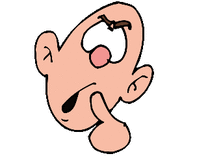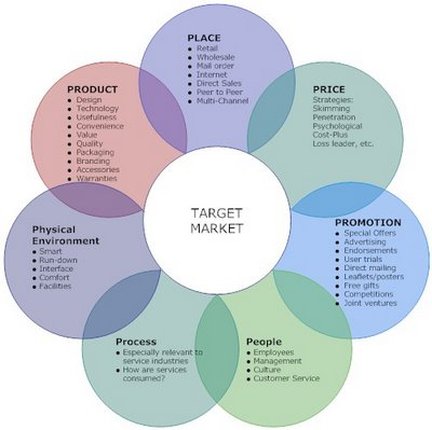Marketing
Marketing is the process of identifying and meeting the needs and wants of the customers in a manner that is profitable to your business. This means that businesses have to develop the right product, at the right price at the right place with the right promotion. IF YOU REMEMBER JUST ONE THING FROM THIS UNIT, REMEMBER THIS - MARKETING IS NOT THE SAME THING AS ADVERTISING!!
What is the purpose marketing?

Think of it this way, imagine if Coca-Cola decided change something about the world's most popular drink, there would have to be a reason right? Maybe the executives think something could be improved with the product (the taste or the colour of the can?), the price (too cheap, too expensive?), the place (maybe they should try to open some new markets?) or the promotion (if One Direction advertised Coke could sales increase?). Well...... April 23, 1985, was a day that will live in marketing infamy. On that day, The Coca-Cola Company took arguably the biggest risk in consumer goods history, announcing that it was changing the formula for the world's most popular soft drink, and spawning consumer angst the likes of which no business has ever seen. Take a look below and enjoy the 80's music and hair!
|
|
|
This is world's greatest example of bad marketing! New Coke lasted just 79 days. It was rebranded "Coke" and the original formula returned as "Coca-Cola Classic". Despite how badly the videos portray the introduction of New Coke, it actually sold quite well but the marketing department did not take into consideration the strength of public sentiment for something so identifiably American. The controversy surrounding New Coke is a stern lesson about the dangers of underestimating brand loyalty. It does not matter how slick your advertising is if your marketing department does not do its research and meet the needs and wants of its customers - very bad things will happen. Very bad!
The difference between the marketing of goods and services
Marketing Goods: 4Ps - price, product, promotion and place.
Marketing Services: 7Ps - 4Ps + people, processes, physical environment.
Marketing Services: 7Ps - 4Ps + people, processes, physical environment.

